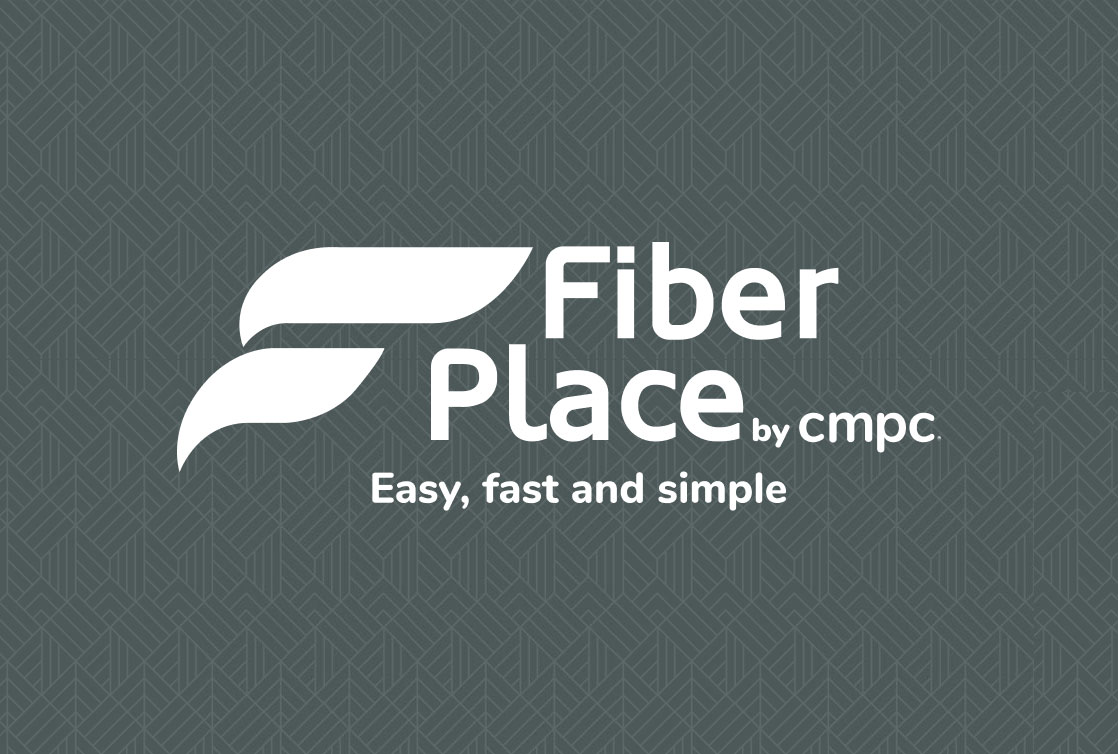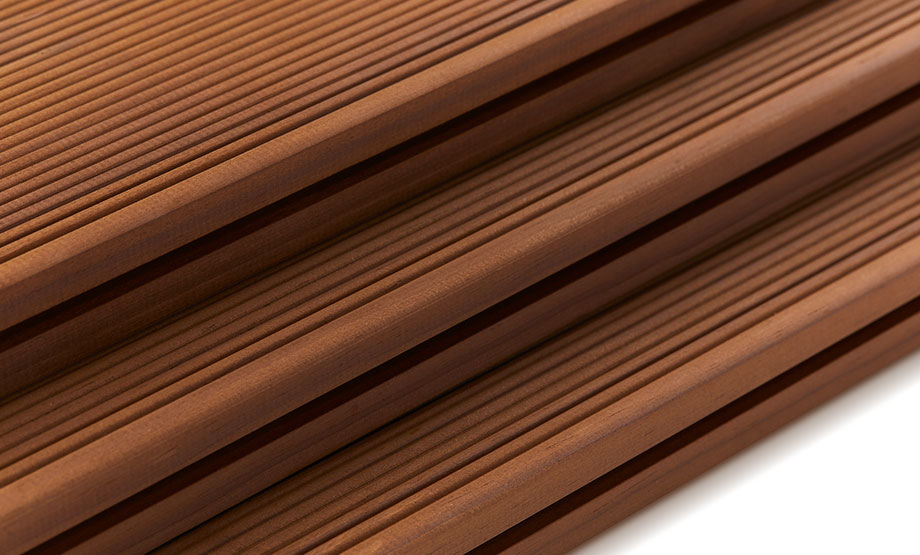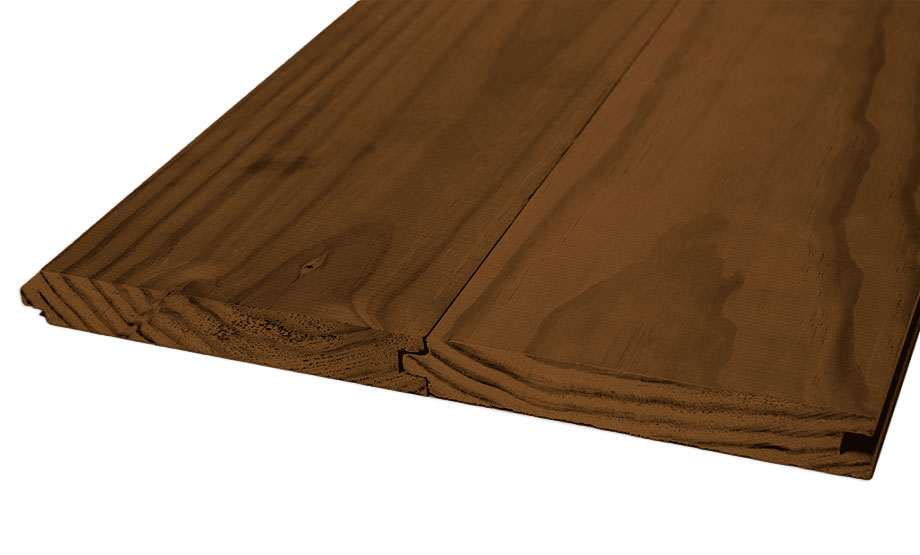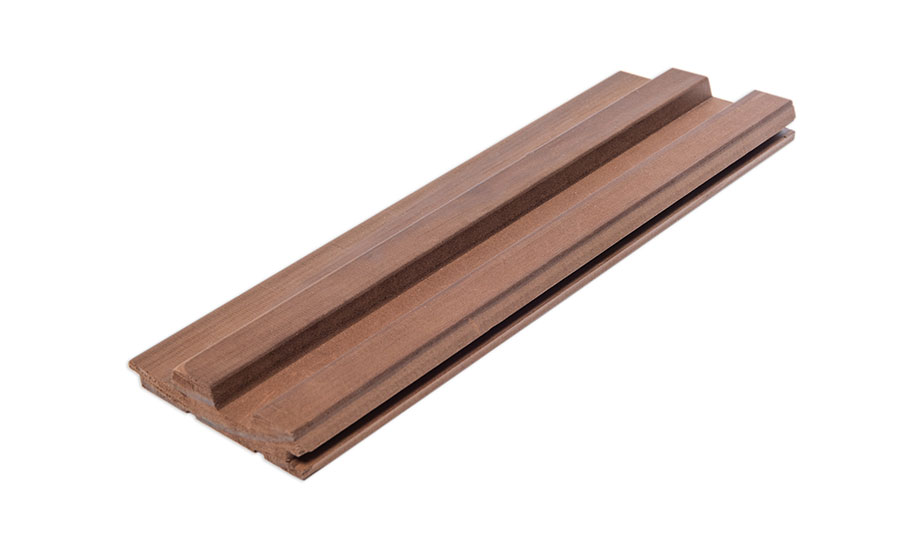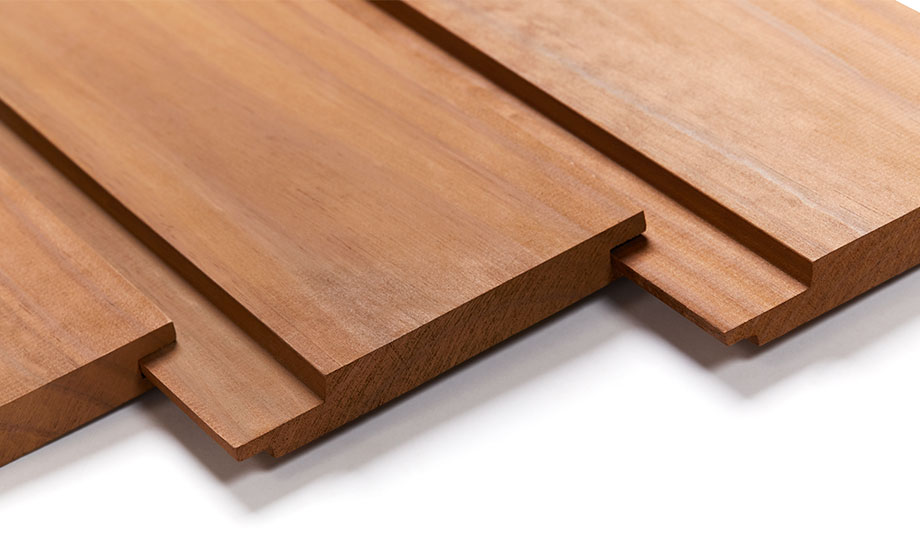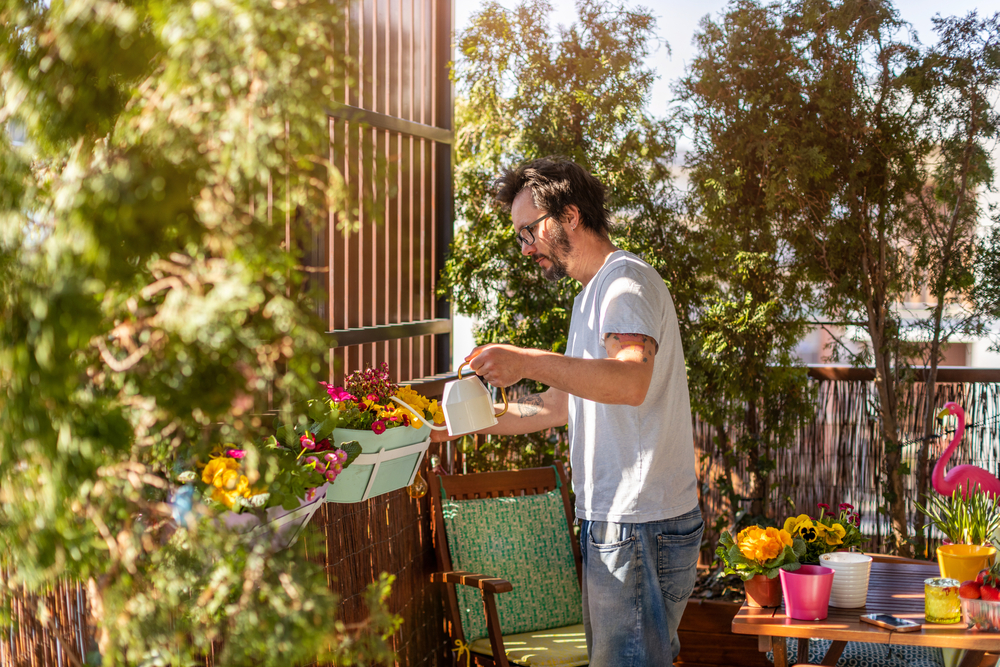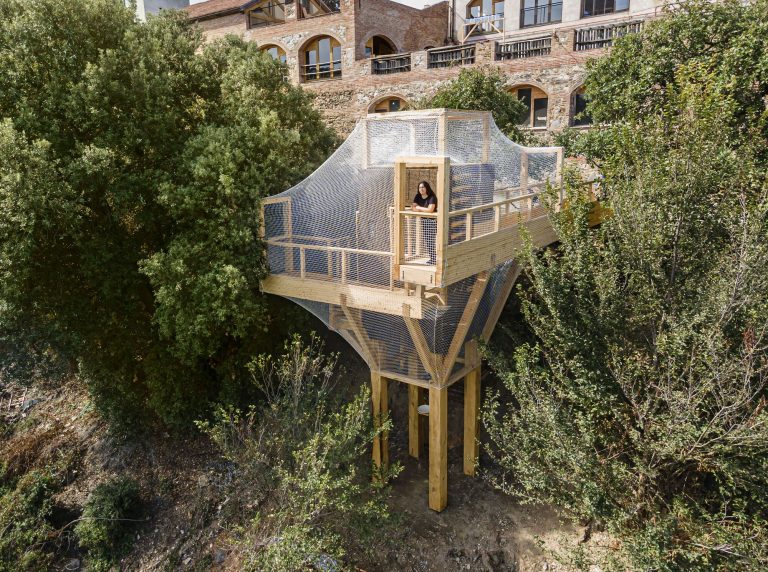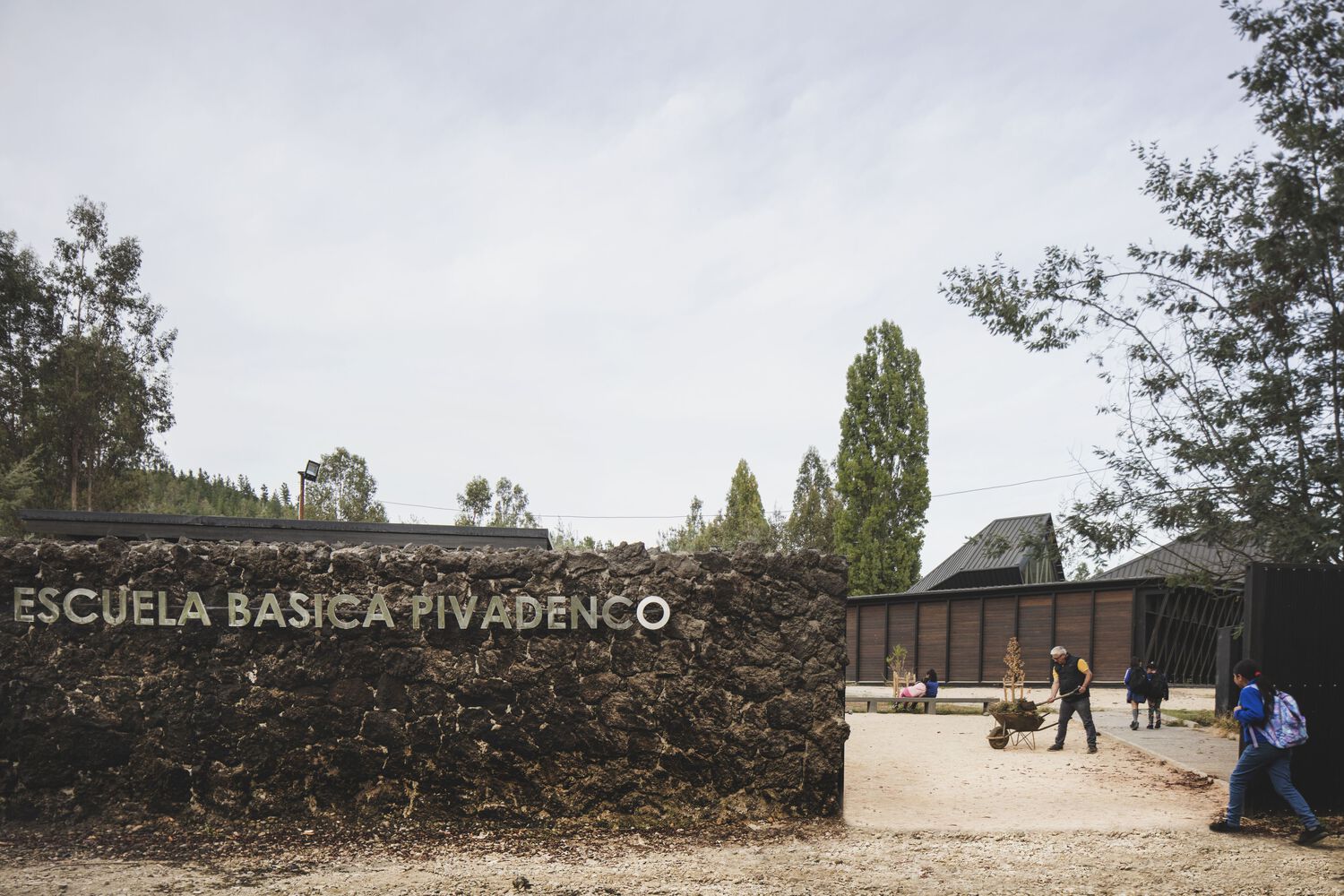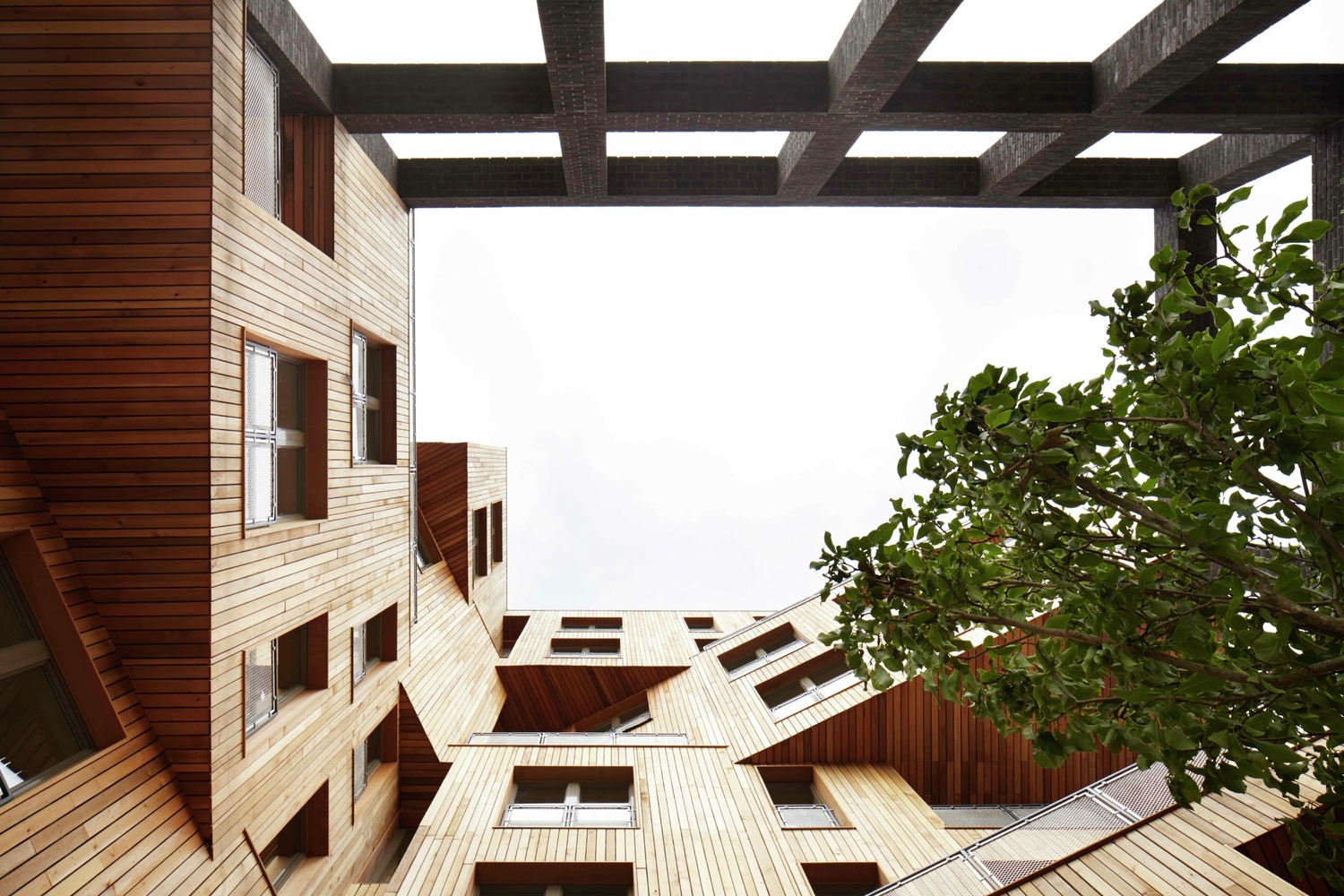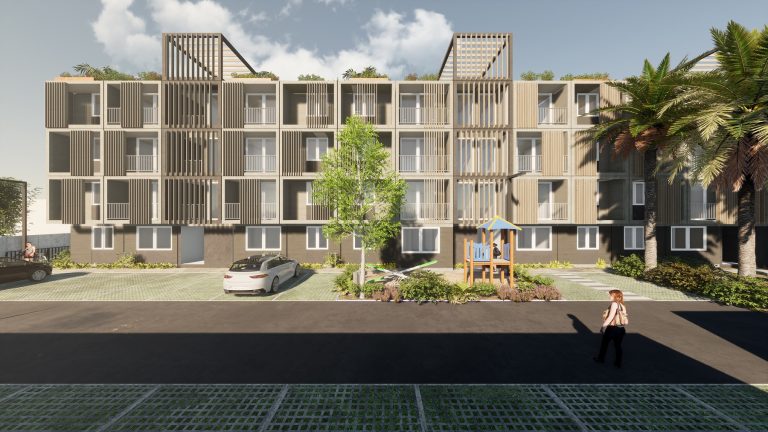
Instant housing: A proposal in wood by MINVU
In an effort to increase annual housing production and reduce the housing deficit, Chile’s Ministry of Housing and Urban Planning (MINVU) has gone all in on industrialized wood construction.
New technologies in the construction of social housing
With their sights set on fulfilling the current administration’s housing proposals, in June 2022 the Ministry of Housing and Urban Planning initiated an open call to introduce new technologies into the construction of industrialized projects, aiming at standardization in the production of social housing.
The proposal, which will be implemented throughout the country, will start in the municipalities of Lo Espejo and Renca in the Metropolitan Region, with sustainable housing solutions at affordable prices, both projects led by the group of experts from Tecno Fast, Constructora Vive, Entidad Patrocinante Unión SpA. and Archiplan S.A.
The projects will result in 100 homes for rent at a fair price for the families of Renca and another 60 for sale in the municipality of Lo Espejo. These projects consist of four-story wooden structures with 1, 2 and 3-bedroom apartments, as well as apartments for people with reduced mobility, ranging from 55 to 61 square meters.
Given the speed with which these housing solutions are expected to be implemented, wood was chosen as the predominant material for their construction. This is thanks to the ease of prefabrication and assembly, which will result in a considerable reduction in building times — up to 40%.
In the words of the head of MINVU’s Technical Division, Ricardo Carvajal, ” We want to expand production alternatives in order to increase annual production and reach the goal of 260,000 houses during the administration’s term in office. Wooden structures show a 30% reduction in construction time, fewer possibilities of subsequent failures, greater sustainability and better conditions for construction workers”.
Among the advantages of this wood-building initiative is the promotion of architectural design through industrial development, in order to create more housing with standardized and controlled processes that contribute to the immediacy, safety and quality of future housing projects. On the other hand, it highlights the production of increasingly sustainable buildings in Chile, following in the footsteps of countries at the forefront of sustainable architecture.
The projects will comply with DS49 social housing regulations, and the design of each project includes an urban planning proposal tailored to the neighborhood in which they will be located, including vehicular and pedestrian roads, green areas and recreational and neighborhood meeting areas, in order to contribute to people’s quality of life.

